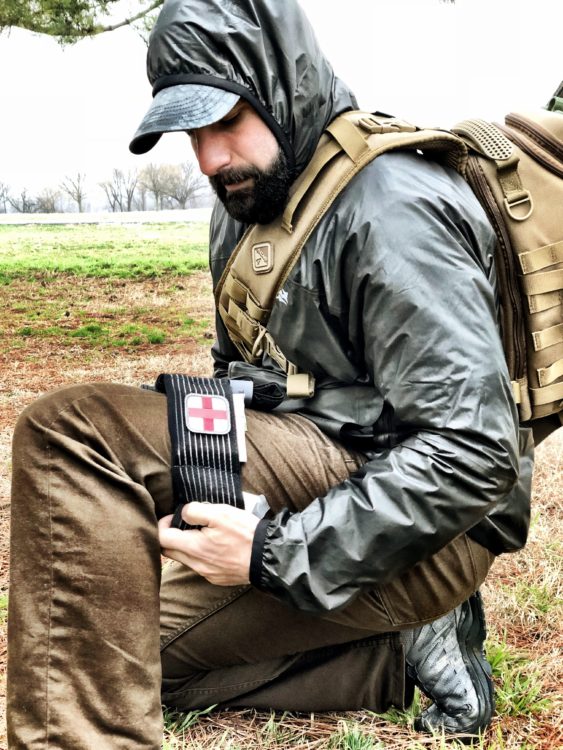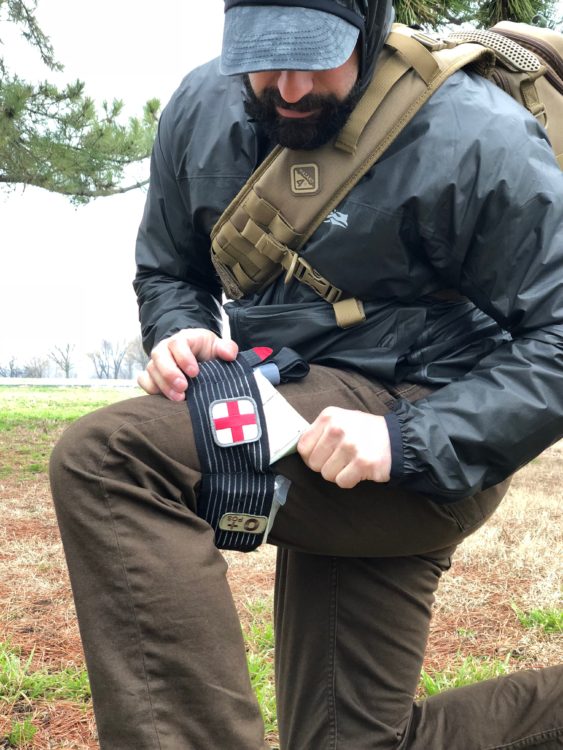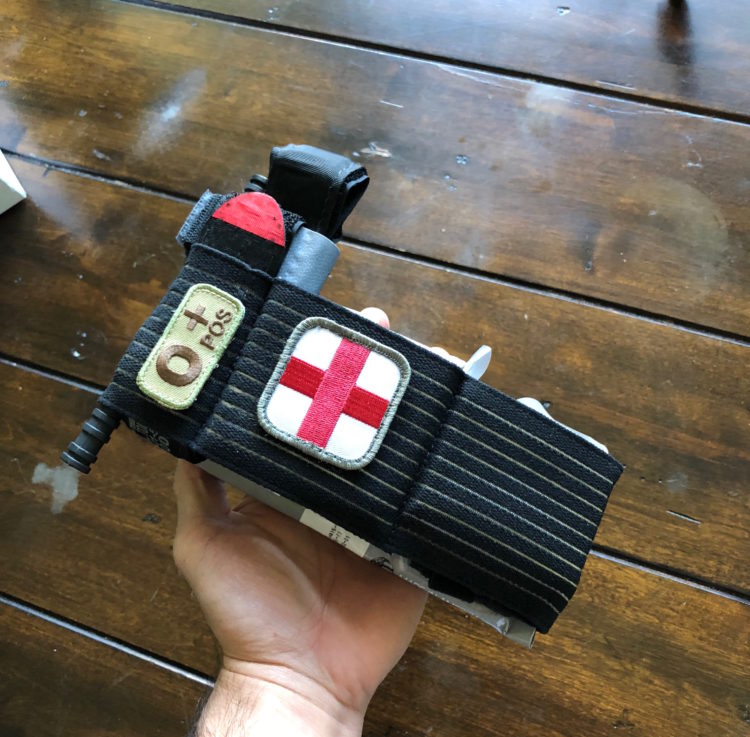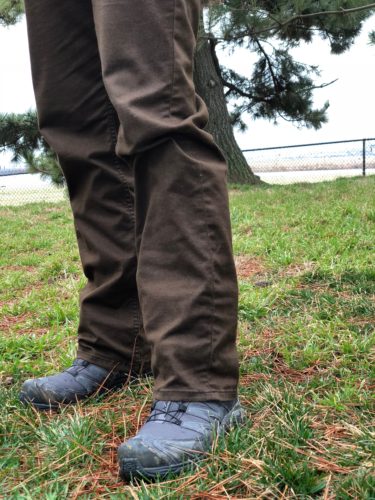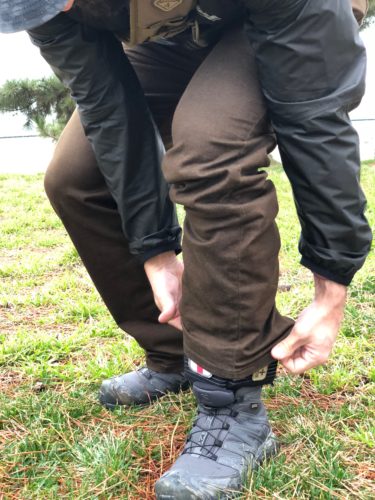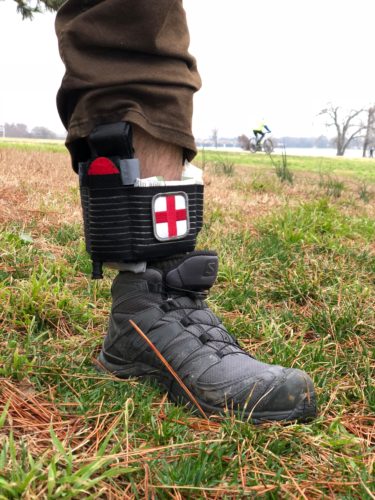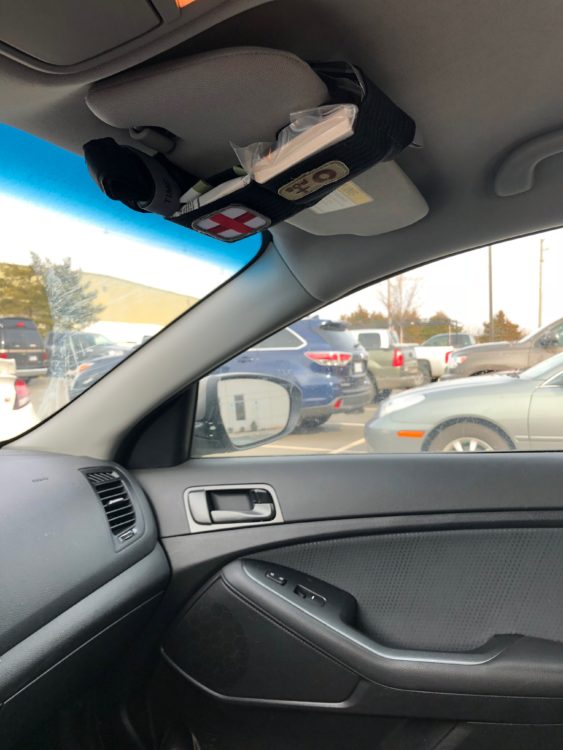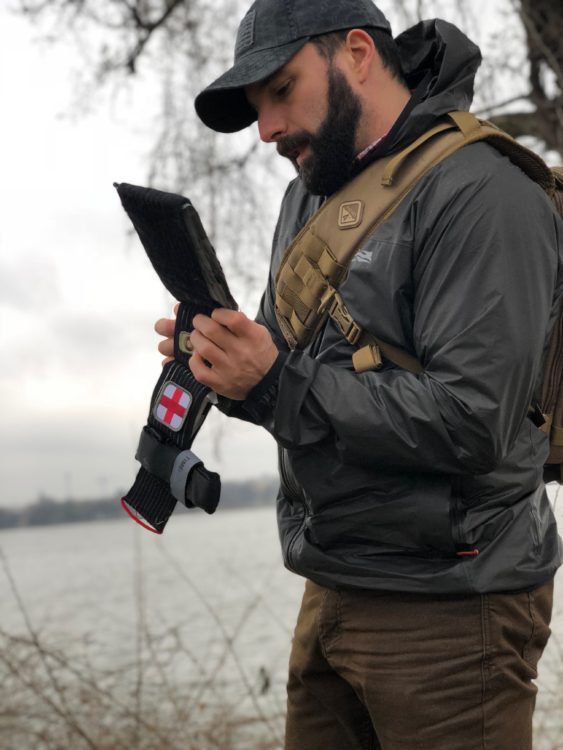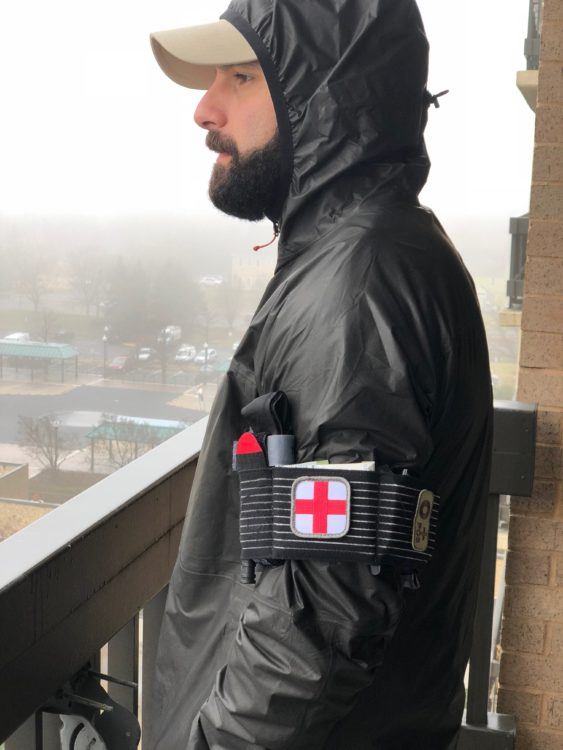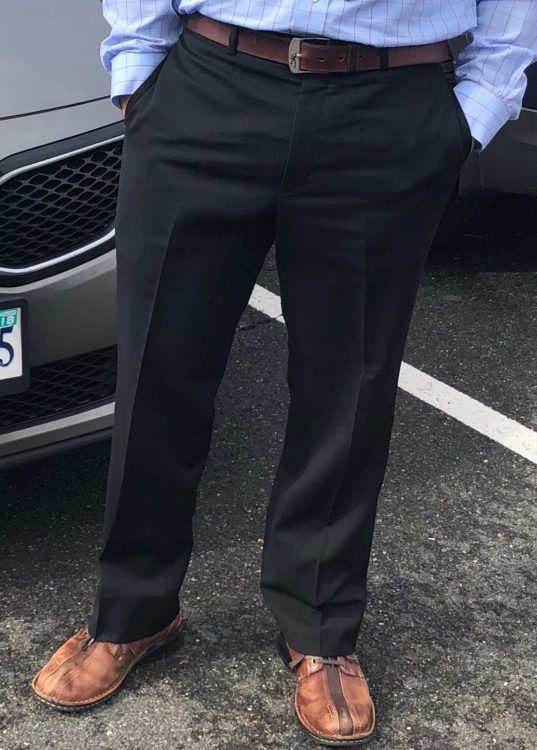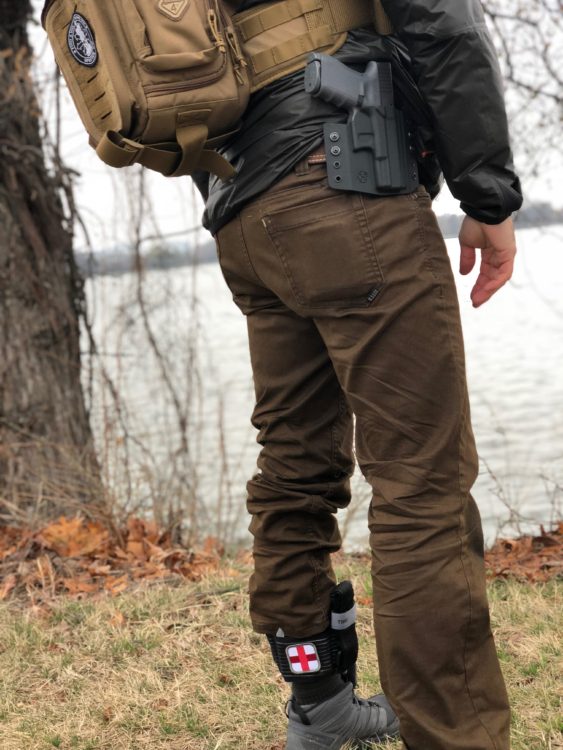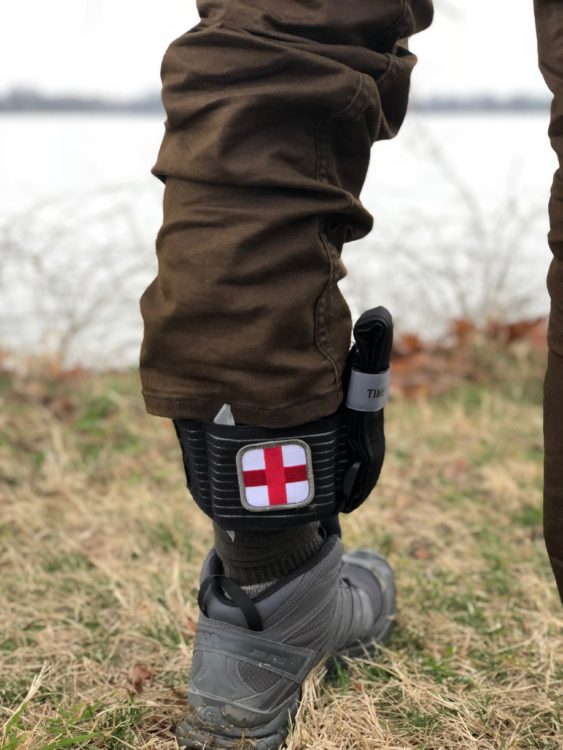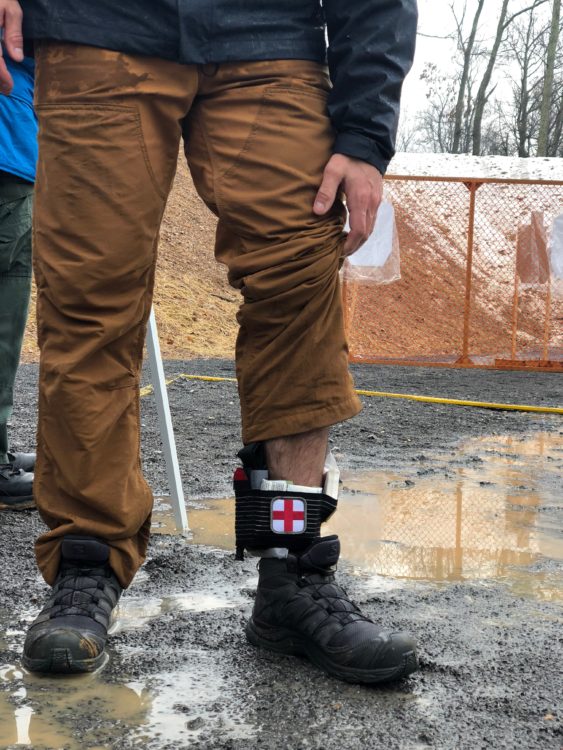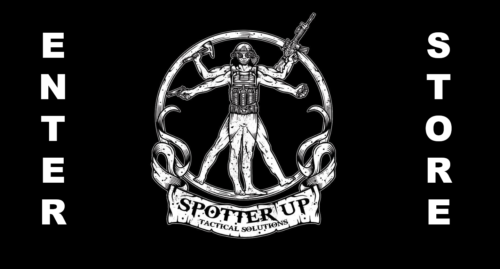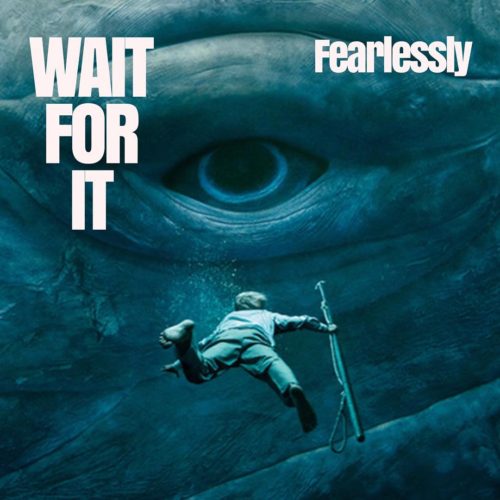Everyday Carry Medical Interventions
Imagine that you are at an outdoor concert with your friends, having a great time laughing and dancing and feeling relaxed and free. Suddenly someone nearby screams in a way that chills your blood and raises the hair on your neck. You look over and see someone laying on the ground and people waving their arms frantically and chaotically moving without clear direction. You hear someone shout the word “HELP!” and more screams of terror. People are hovering over the person on the ground, and you realize the red color you see is blood. What is your next course of action? If the situation calls for it, would you be able to save someones life who was dying from blood loss, cardiac arrest or who wasn’t breathing?
There is no right answer to that question of course, and it depends on almost infinite variables; What is the mode of injury to the victim? is the threat still present or is the area safe? what life-saving equipment is readily available? are there medical professionals available? Many people with various levels of training decide to keep medical supplies readily available in their homes, in their cars or on their persons on a daily basis for just such a possibility. People sometimes covertly include a tourniquet in their everyday carry loadout, often attaching it to their belt or carrying it in a pocket. Wouldn’t it be nice to be able to carry a more thorough set of medical supplies that could potentially save someones life in a way that wasn’t overly burdensome or obvious?
The Aptus Solution
“If you’re carrying the means to cause trauma, you should be carrying the tools to mitigate it”. This is a quote I’ve heard before, but when Vince from Aptus Design Group said it to me he also handed me a sample of his product, a compact package of first aid supplies neatly contained in an elastic loop band that. What Vince handed me was the Low-Visibility Aid Kit (LVAK), a unique solution to whats commonly known as the Individual First Aid Kit (IFAK). Having a trauma kit or some form of medical intervention for blood loss on your person makes sense for anyone with the intestinal fortitude and training to act in an emergency. Many of us carry self defense tools, but we are far more likely to need life-saving equipment on a regular basis. I personally have never had to use my gun in self-defense, but i have had to use my first aid kit from my trunk as the first responder to a serious vehicle accident.
According to the Aptus website, “The LVAK is a low profile carrier designed to hold the essential medical interventions necessary for treating individual traumatic injuries according to current TCCC guidelines.” TCCC stands for Tactical Combat Casualty Care and its essentially the established guidelines for how medical first responders should apply life-saving techniques in emergency situations.
Here is what comes in the package when you purchase the LVAK:
Preloaded LVAK (can also buy just the carrier without the interventions/components):
- LVAK Carrier (this is the elastic band which also serves as a compression bandage.)
- (6) Self Adhesive Hook Coins (for securing the components in the carrier)
- (1) 5″x1/2″ Hook/Loop Ribbon
- (1) CAT Tourniquet
- (1) Combat Gauze
- (1) H&H Compressed Gauze
- (1) Set of Hyfin Vent Chest Seals
- Can also carry a chest decompression needle and medical shears.
The design of the LVAK comes from the need for a concealable, adaptable and easily carried IFAK that strikes a balance between covert/small packaging and maximum life-saving capability. Basically it includes practically everything you need to respond to a massive hemmorhage injury and nothing you don’t.
The LVAK concept comes from the owner of Aptus Design Group, who provided the following bio:
“Served 8 years in the Army. The first 6 as a Civil Affairs Specialist and was deployed to Afghanistan in early 2002 then to Iraq in 2004. The last two years I served as a reserve instructor for a Civil Affairs and Psychological Operations training battalion. I worked a CONUS security contract for Cohort International. Currently I am a Federal Agent and I have been a Tactical Medic in my agency for the past 6 years….my Agency specializes in low profile operations… since we transport/secure very sensitive items in the public arena.”
Reading the bio, you can see where the need for a product like this might have come from.
Field testing and assessment
I love the idea of having medical supplies on my person as part of my EDC, but i don’t love the idea of carrying a TQ on my belt or taking up precious pocket space. I generally wear business casual clothes during the week, and jeans on the weekends. The adaptability of the flexible carrier is the keystone of this innovative product. It can ride on your sun visor or around the headrest in your car, it can fit inside a pouch in your backpack, or in a rifle mag pouch on your belt. You can wear it around your ankle or inside the waistband, it really can go anywhere you need it since its so compact. It also is made out of loop material so you can attach any type of patches to it that might aid in identifying the LVAK as a medical kit or yourself as a first responder. I stuck my blood type and a red cross patch on there.
The obvious place to carry it for me was on my ankle and on the sun visor of my car. I carry a pretty well stocked first aid/trauma kit in my trunk, but having the LVAK on my sun visor meant i could easily grab it when i got out and strap it to my ankle. I wore it on my ankle as i ran errands, i wore it to work in dress pants, i shot a USPSA match with it on, and i never noticed it was there. Its actually really comfortable (like a cushy sock) as long as you have the interventions placed so that they don’t press on any pressure points. The summer time with high humidity and shorts weather will present another set of challenges that i haven’t thought about yet.
The small hook and loop coin stickies ensured that the interventions don’t come out of the carrier unless you pull them out, and they also serve to keep the packaging for the interventions folded up and compact. See my assembly video above for examples of that. The day i wore it on the range for a USPSA match, i had the LVAK on my ankle for 12 straight hours, running around in the rain and the LVAK never annoyed me or cause me any discomfort. I literally forgot i had it on and no-one would ever be able to tell it was there. When i got home and removed it i realized that the compressed gauze had partially dislodged from the carrier at some point from my activities. The hook and loop kept it from popping out more than partway and it was still secured to the carrier.
The Aptus Design Group LVAK is a pretty kickass solution to having a handy IFAK with you wherever you go. Its compact and discrete enough that you can stow it in a purse or fanny pack if thats your thing, or simply wear it on your ankle everyday like i do.
You can buy an LVAK direct from the Aptus website for $130 pre-loaded with all the interventions, or simply buy the carrier on its own for $30.
Brought to you by the dudes at Spotter Up

